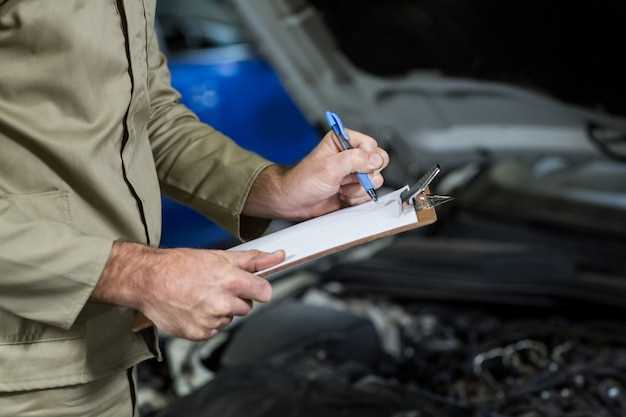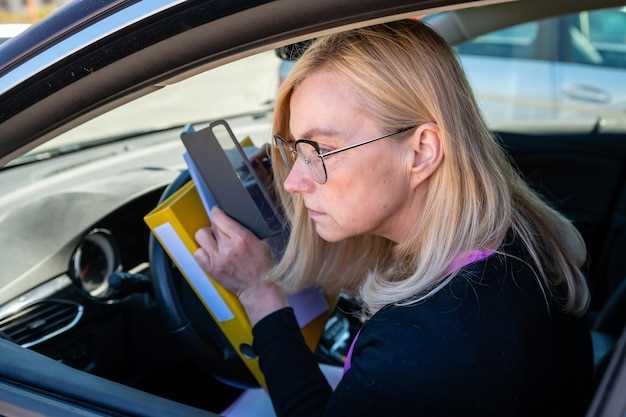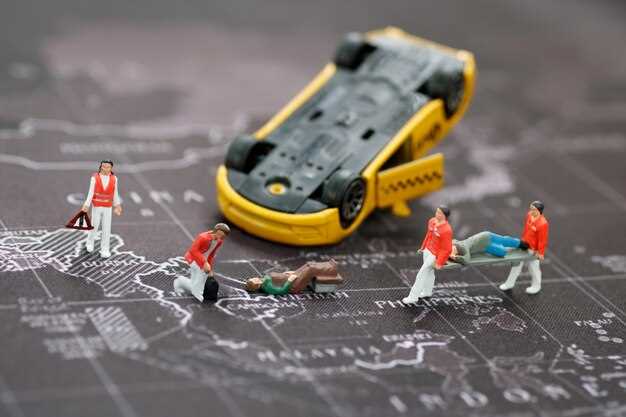
The Fédération Internationale de l’Automobile (FIA) plays a crucial role in shaping safety standards within the world of motorsport. As the governing body responsible for ensuring fair competition and the well-being of participants, the FIA has established comprehensive regulations that address various safety concerns across multiple racing disciplines. These standards are designed to protect drivers, teams, and spectators alike by minimizing risks associated with high-speed competition.
In recent years, the FIA has made significant advancements in safety measures, driven by both technological innovations and a commitment to ongoing research. From the introduction of the Halo device to advanced fire-resistant materials and comprehensive medical protocols, these initiatives reflect a proactive approach to enhancing safety in motorsport. Understanding the evolution of these standards is essential for stakeholders at all levels, as they not only influence the design and engineering of racing vehicles but also impact the culture of safety within the sport.
This article will delve into key insights regarding the FIA’s safety standards, examining the rationale behind specific regulations, the effectiveness of implemented technologies, and the ongoing challenges faced by the organization. By analyzing these factors, we can gain a clearer perspective on how the FIA continues to lead the way in promoting safety and sustainability in the ever-evolving landscape of motorsport.
Understanding the Role of FIA in Establishing Safety Protocols

The Fédération Internationale de l’Automobile (FIA) plays a crucial role in the motorsport industry by developing and enforcing safety standards that ensure the well-being of drivers, teams, and spectators. Established in 1904, the FIA is responsible for governing various motorsport activities, including Formula One, rallying, and touring car championships. Their commitment to safety has evolved over the decades, adapting to technological advancements and changing dynamics within the sport.
One of the primary functions of the FIA is to conduct rigorous research and analysis on safety measurements. This involves testing materials, crash barriers, and circuit design to minimize the risks associated with high-speed racing. The data collected helps the FIA to establish comprehensive guidelines that regulate car design, track safety, and driver protective equipment.
Safety protocols instituted by the FIA include mandates for mandatory safety features in vehicles, such as the Halo device, which protects drivers during collisions. Additionally, the FIA enforces strict regulations on helmet standards and fire-resistant suits, ensuring that all participants are equipped to withstand hazardous situations. The continuous assessment and updating of these standards reflect the FIA’s dedication to enhancing safety within the sport.
Furthermore, the FIA collaborates with various stakeholders, including teams, manufacturers, and medical experts, to create a comprehensive safety framework. This collective effort fosters an environment where safety is prioritized and where best practices can be implemented across all forms of motorsport. The FIA’s extensive training programs for marshals and medical teams also play an integral role in ensuring a swift and effective response to incidents on the track.
As motorsport evolves, the FIA remains vigilant in its role as the guardian of safety, constantly analyzing data and trends to address emerging risks. This proactive approach not only protects those directly involved but also reinforces the sport’s integrity and reputation in the eyes of fans and the global community.
Essential Safety Equipment and Their Compliance Criteria
In the realm of motorsport, the safety of participants is paramount. The FIA (Fédération Internationale de l’Automobile) establishes rigorous safety standards to ensure that all equipment used in racing environments meets specific compliance criteria. This section discusses the essential safety equipment and the standards they must adhere to for maximum protection.
Helmets: Helmets are the first line of defense for drivers. FIA-approved helmets must comply with the FIA 8858-2015 standard, which sets forth requirements for impact resistance, penetration, and fireproof materials. Proper fit and use of a valid FIA sticker are crucial for compliance.
Fireproof Suits: The FIA mandates that all competitors wear fire-resistant suits made from materials that comply with the FIA 8856-2000 standard. These suits must provide sufficient thermal protection and are usually tested for their ability to withstand extreme heat and fire. The suits are classified according to their level of protection, and multi-layer options are recommended for enhanced safety.
Gloves: Fireproof gloves are essential for protecting the hands during a race. They must meet the FIA 8856-2000 standard, ensuring they can withstand high temperatures while providing adequate grip and dexterity. Compliance requires examination of the materials used and the construction process to ensure optimal protection.
Boots: FIA-approved boots must also conform to the FIA 8856-2000 standard. These boots are designed to protect the feet and ankles from heat and fire. Features such as reinforced soles, lightweight materials, and ankle support enhance both safety and performance.
Nomex Underwear: Wearing fire-resistant underwear is now considered essential in motorsport safety. Underwear must meet the FIA 8856-2000 standard. This additional layer provides extra protection against burns and is critical in the event of an accident.
HANS Device: The Head and Neck Support (HANS) device is vital for head and neck protection in motorsport. It must adhere to the FIA 8858-2002 standard, which evaluates the effectiveness of the device in preventing head movement during a collision. Proper installation and compatibility with the helmet are necessary for optimal function.
Safety Harness: Harness systems must meet strict FIA standards, specifically the FIA 8853-2016 standard, which defines requirements for strength, materials, and design. A properly installed harness system significantly reduces the risk of injury during crashes, providing essential support and stability.
Ensuring that all equipment meets FIA safety standards is not only a regulatory requirement but also a crucial aspect of safeguarding the well-being of all participants in motorsport. The advancement of safety technology continues to evolve, reflecting the ongoing commitment to improving safety in this high-risk environment.
Real-World Application of FIA Regulations in Racing Events

The Fédération Internationale de l’Automobile (FIA) has established a comprehensive set of safety regulations that play a pivotal role in motorsport events worldwide. These regulations are designed to protect drivers, teams, and spectators, ensuring that safety remains the top priority in all racing disciplines.
In practice, FIA regulations manifest in various ways during motorsport events. For instance, the mandatory use of specific safety gear, such as helmets, fire-resistant suits, and HANS devices, is enforced to minimize injury risks. Each participant must adequately comply with these requirements before being allowed on the track.
Circuit designs are also heavily influenced by FIA regulations. Tracks must include features such as run-off areas, barriers, and gravel traps to reduce the severity of accidents. The FIA conducts regular inspections to ensure that circuits adhere to these safety standards, adjusting layouts as necessary to enhance protection for participants.
Vehicle safety is another critical aspect of FIA’s real-world application of its regulations. The technical regulations mandate significant structural integrity measures, including roll cages and crash structures. These features are rigorously tested to withstand impacts, thereby safeguarding drivers during collisions.
Moreover, FIA’s involvement extends to the implementation of safety protocols during events. This includes the presence of medical teams equipped with sophisticated equipment and rapid response vehicles on-site. Race officials are trained to manage emergencies effectively, ensuring swift evacuations and medical assistance when needed.
The FIA also fosters ongoing research into safety innovations. Collaborations with automotive manufacturers and safety organizations lead to the development of advanced technologies that can be integrated into both vehicles and track designs, further enhancing overall safety in motorsport.
As motorsport continues to evolve, the FIA’s commitment to safety remains unwavering. The organization actively reviews and updates its regulations based on emerging data and trends, ensuring that the standards not only reflect current practices but also look ahead to future advancements in safety technology.



